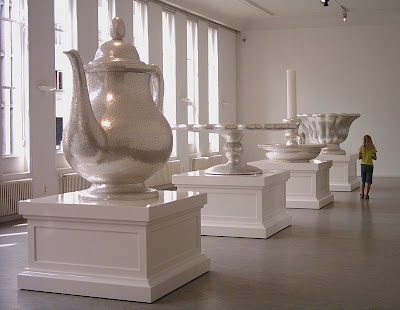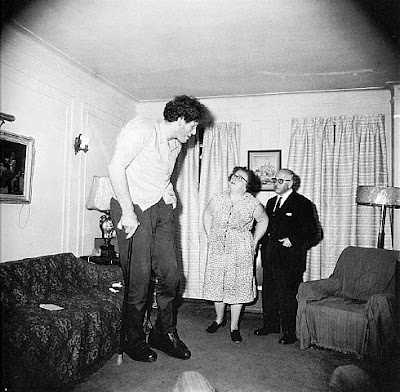Abstract:
In the past, large architectural structures were possessed with a spiritual power representative of their iconic and rare status. Similarly, very small historical objects such as jewellery and miniature books held a special place of importance due to the time, care and techniques needed to produce them. However, the contemporary era is one where the special context of these objects has been lost and similarly the processes required to produce them are ubiquitous. The sense of sacredness and focal purpose of large structures has been reduced by the democratization of construction. And in turn, the trend for miniaturization in electronics has produced an array of tiny yet profane and meaningless products. This research attempts to understand the sense of scale, defined as an objects size in relationship to our human senses, inherent in sacred and profane objects. A focus on the creation of everyday functional products with a medium size, such as furniture, is envisioned, in applications that attempt to improve the value of objects in their human context.
Research Question:
How can an understanding and subsequent manipulation or application of scale be harnessed to create meaningful and long lasting objects?
Bibliography and Inspirations:
On Longing, by Susan Stewart
S, M, L, XL, by Rem Koolhaus/AMO
Various academic articles on scale and proportion, here and here.
Tara Donovan, American artist (see previous post)
The underwater world and the changes it makes to the perception of scale, (see previous post).
Miniature books and architecture of antiquity: pyramids, statues, castles and temples, (see previous post)
The architecture of Rem Koolhaas and OMA
Etore Sottsass and other Memphis designers
Artists and designers who use alteration of scale in their work, such as Jamie Hayon, Studio Job, Jeff Koons and Claes Oldenburg.



Appropriations of one scale into another…

Daguerre’s Diorama
People Research Plan:
Scientific Methodology:
“Interactions with Scale Models” experiment. This experiments seeks to compare human interactions with the same object but in different sizes. It proposed to produce scale models of an object or environment in many different sizes and to encourage subjects to use or play with each sizes in turn. With the use of a video camera and post-activity interviews it is hoped to either gain some understanding of how size affects behaviour and perceptions, or to discover some kind of conceptual design inspiration. My initial idea of what to produce for this experiment is some kind of simplified doll’s house or diorama, possibly containing only one room, and something I could build at common scale ratios such as 1:6 (playscale used by modern toy companies) 1:10, 1:24 etc as well as some very small scale such as 1:144 (doll’shouse for a doll’s house scale.) On the other end I can imagine that I could blow up parts of the room or objects from the room, such as a cup or plate, very large, to beyond human scale, 2:1, 5:1, and larger.
Intuitive Methodology:
An interview with Job Smeets and/or Nynke Tynagel of Studio Job, whose recent work has involved alterations of scale.
Interviews with people of extreme tallness or shortness, such as a person with dwarfism, although talking to anyone with on the far ends of human height scale would be interesting. The purpose of this is to see how they interact with the majority of everyday o
bjects being more or less out of scale with their own body. Children could be used for this study also, but as they grow their perceptions are only transitory. However I do plan to read the existing research on children and their sense of scale, and how it relates to toy and child furniture design.
Other Research, General.
Scale in different cultures: for example, craft objects in Africa that are enlarged for the tourist market. Scale in mathematics and geometrical transformations in different dimensions and spaces. Scale ratios used by toy makers and hobbyists: what are the percepual benefits and disadvantages of different scales in this limited context?

